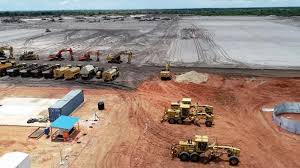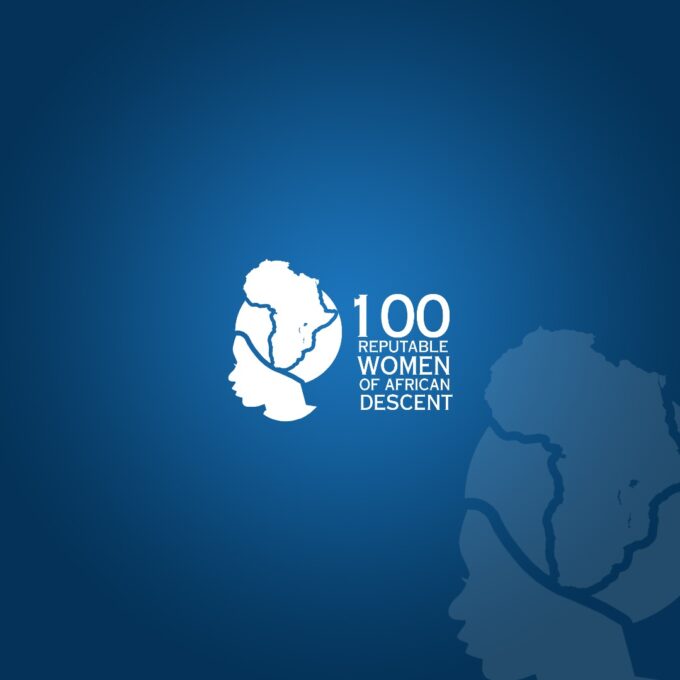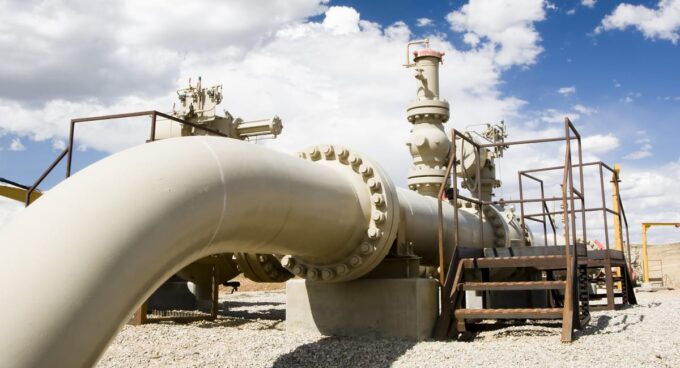Ethiopia is set to officially inaugurate the Grand Ethiopian Renaissance Dam (GERD), one of the world’s largest hydroelectric projects, marking a historic moment in its decades-long struggle for control over the Nile waters. Built on the Blue Nile at an estimated cost of $5 billion, with a massive reservoir roughly the size of Greater London, the dam represents not just an engineering feat but also a powerful symbol of Ethiopian nationalism and independence. For millions of Ethiopians at home and in the diaspora, GERD is more than a dam—it is a monument of pride, resilience, and a rejection of the colonial-era treaties that once guaranteed Egypt the lion’s share of Nile waters.
Since its conception in 2011, the dam has been largely self-financed through citizen contributions, bond sales, and corporate support after institutions like the World Bank declined to fund it under Egyptian pressure. Waves of Ethiopians responded by donating money, buying bonds, and rallying behind the government’s campaign to construct what was first announced as “Project X.” Analysts describe this as one of the greatest nationalistic mobilizations in modern African history. Today, GERD stands not only as Africa’s largest hydroelectric plant but also as a game-changer that could make Ethiopia the energy hub of the region, providing electricity to its 135 million citizens—60% of whom still lack access—while also exporting power to neighbors like Kenya, Djibouti, and potentially Middle Eastern states such as Saudi Arabia through future transmission networks.
For Egypt, however, the inauguration of the dam is a moment of deep anxiety. The North African nation, where over 107 million people depend almost entirely on the Nile for survival, fears the dam will sharply reduce water flow, worsening an already critical water shortage. Egyptian geologists warn that the GERD’s storage capacity of 64 billion cubic meters far exceeds Egypt’s annual share of 55.5 billion cubic meters guaranteed under past agreements. Concerns range from the risk of agricultural decline—already seen in reduced rice cultivation—to fears of “water poverty” and potential instability in the region. Cairo argues that Ethiopia took a unilateral decision to build the dam during Egypt’s period of political turmoil following the 2011 revolution, when its military was focused internally and its leadership in crisis.
Despite years of negotiations, tensions, and even threats of military action, Ethiopia has refused to back down, with successive governments declaring that the dam is an existential necessity for development and sovereignty. Former Ethiopian negotiators insist the country will never return to the era of colonial treaties, although they remain open to discussions about water releases and safety guarantees. Meanwhile, Egyptian officials continue to stress that the dam poses an existential threat, though experts rule out the likelihood of war, noting that an attack on GERD would be catastrophic not only for Ethiopia but also for Sudan, which lies downstream.
The geopolitical significance of GERD extends beyond Ethiopia and Egypt. Analysts note that the dam effectively buries the 1929 and 1959 treaties, engineered under British colonial rule, which gave Egypt veto power over Nile projects and secured around 80% of its waters. Ethiopia’s success in pushing forward, despite financial blockades and diplomatic isolation, reflects a major shift in power dynamics in the Horn of Africa. Former U.S. President Donald Trump once claimed America “stupidly funded” the dam and attempted to broker a deal favoring Egypt, but Ethiopia walked away, dismissing his remarks as false and asserting that GERD was self-financed. Prime Minister Abiy Ahmed has since declared the dam a transformative project that elevates Ethiopia’s standing globally, linking it to a renewed push for access to the Red Sea, which Ethiopia lost after Eritrea’s independence in 1991.
This new ambition has raised fresh tensions with Eritrea, which dismissed Abiy’s recent remarks about securing seaport access as “reckless sabre-rattling.” For Ethiopia, however, GERD is just the beginning of a larger nationalist project aimed at redefining its geopolitical role, securing energy dominance, and reclaiming what it sees as its rightful place as a great nation. While Egypt races to adapt through water treatment plants, wells, and agricultural reforms, the balance of power along the Nile has already shifted. The Grand Ethiopian Renaissance Dam is no longer just an infrastructure project; it is a declaration of sovereignty, a challenge to colonial legacies, and a turning point in Africa’s most enduring water dispute.














Leave a comment